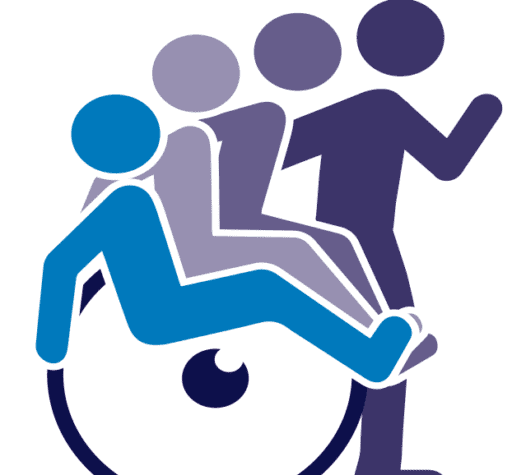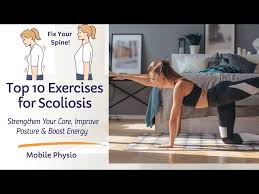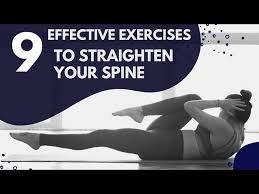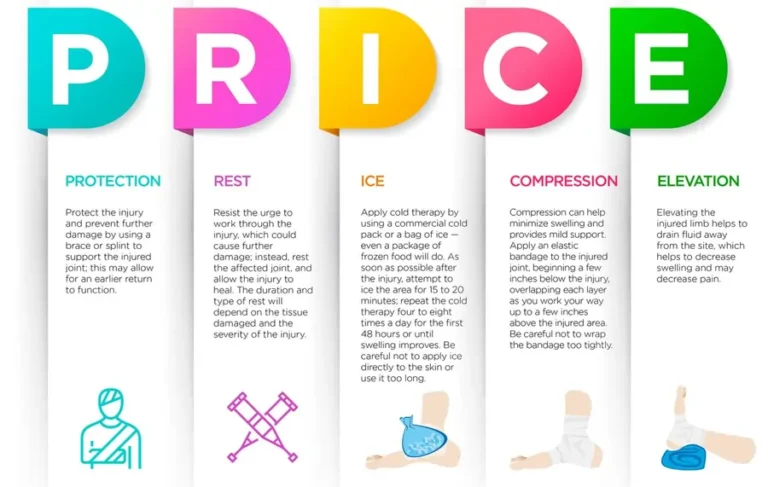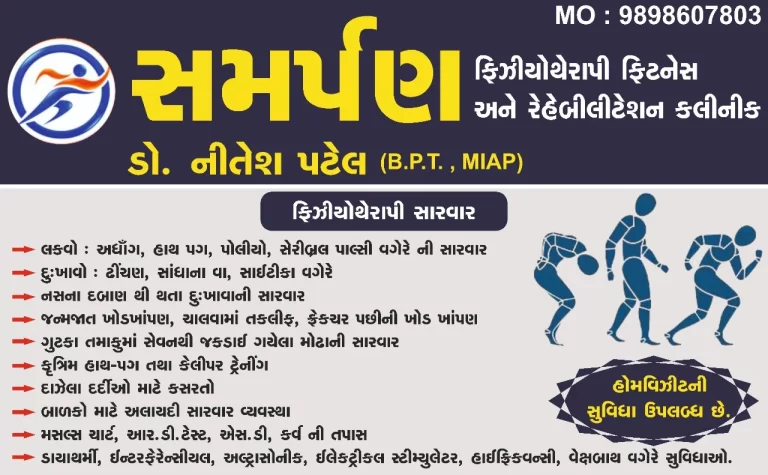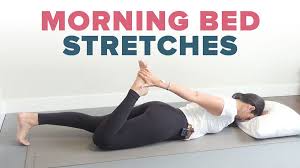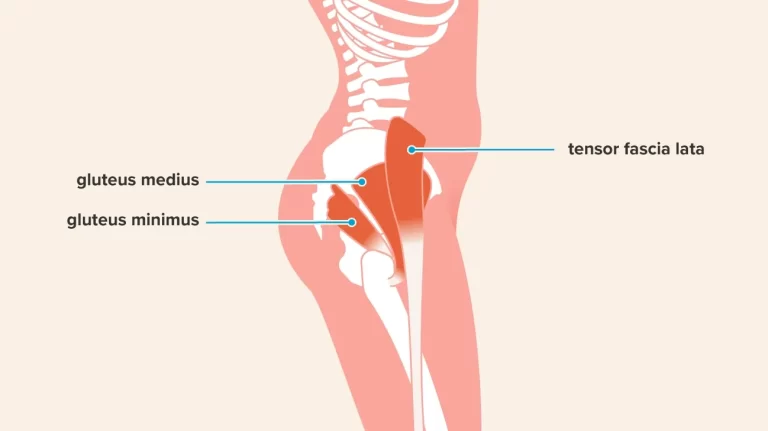Top 10 Exercises for Scoliosis
Table of Contents
Introduction:
Exercises for scoliosis focus on improving posture, strengthening spinal muscles, increasing flexibility, and reducing pain or discomfort. These exercises can help support spinal alignment and improve overall mobility.
These exercises aid in pain relief and improved alignment by emphasizing balanced muscle growth, spinal mobility, and core stability. The top ten scoliosis exercises that can help with spinal health and general quality of life will be covered in this article.
Benefits of the Top 10 Scoliosis Exercises:
- Improves Posture: Scoliosis-related unequal posture is lessened by helping to align the hips, shoulders, and spine.
- Strengthens Core Muscles: Increases back and abdominal strength, which improves spine support.
- Improves Flexibility: This makes everyday activities simpler by increasing shoulder, hip, and spine mobility.
- Reduces Pain and Discomfort: This relieves tense muscles and lessens the strain on the spinal curvature.
- Improves Breathing: Increases lung capacity and chest mobility, particularly when scoliosis limits rib movement.
- Corrects Muscle Imbalances: To bring the spine into equilibrium, stiffer muscles are stretched and weaker muscles are strengthened.
- Improves spine Stability: This lowers the chance of deteriorating spine curvature by improving balance and control.
- Improves Circulation: Encourages blood flow to muscles and spinal tissues, which aids in healing and recuperation.
- Supports Daily Activities: By improving body strength and flexibility, it becomes more comfortable to bend, walk, and lift.
- Improves Confidence and Quality of Life: People feel more active and confident in their daily lives when they have better posture and less pain.
Top 10 Scoliosis Exercises Video
Top 10 Scoliosis Exercises:
Cat-Cow Stretch:
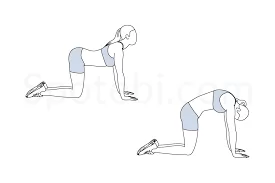
This exercise, which is done on all fours, includes elevating the head and tailbone (Cow) and arches the back upward (Cat) before lowering the belly toward the floor. This movement improves posture, eases back muscular tension, and extends and mobilizes the spine.
The Cat-Cow Stretch promotes spinal alignment and offers calming pain relief by boosting blood flow to the spinal tissues and enhancing breathing-movement timing.
Child’s Pose:
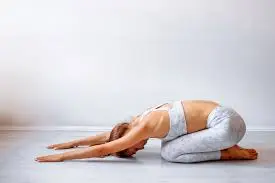
Particularly helpful for scoliosis, the Child’s Pose is a calming stretch that eases tension in the back muscles and gradually lengthens the spine. This posture, which is executed by lowering the body toward the floor, sitting back on the heels, and extending the arms forward, produces a mild traction in the spine.
It promotes deep breathing and relaxation while assisting in the release of stiffness in the shoulders, hips, and lower back. In addition to increasing spinal flexibility, the Child’s Pose relaxes the neurological system, relieving pain both physically and psychologically.
Side Plank:
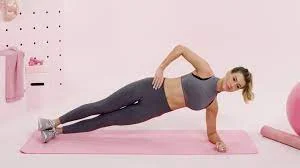
A great core-strengthening exercise that works the shoulders, hips, and obliques while supporting spinal stability is the side plank. Strengthening the weaker side of the body and improving spine support helps people with scoliosis rectify muscle imbalances.
The Side Plank strengthens the core muscles that support and stabilize the spinal column by having the performer lie on one side and raise their body off the ground while using their feet and forearms for support.
Bridge Pose:
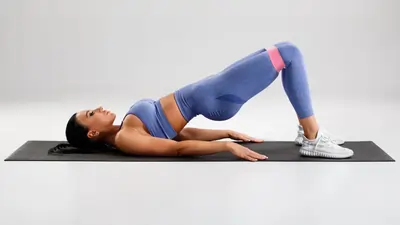
By strengthening the muscles that stabilize the pelvis and lower back, this position helps persons with scoliosis by adding support to the spinal column.
The Bridge Pose, which involves bending your knees while lying on your back and raising your hips toward the sky, helps to improve posture, address muscle imbalances, and ease lower back pain. It also improves circulation, increases spinal flexibility, and gives the body a sense of stability and equilibrium.
Camel Pose:

In people with scoliosis, this stance counteracts the forward rounding of the spine, opening the chest and improving posture. The Camel Pose, which enhances spinal flexibility and releases tension in the front body, is performed by kneeling, arching the back, and reaching the hands toward the heels.
It also encourages improved breathing and lung expansion, which can be hampered by spinal curvature. Regularly performing this position promotes spinal mobility, eases stiffness, and improves alignment in general.
Cobra Pose:
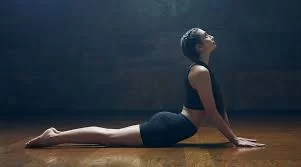
It is executed by lying on the stomach and raising the chest upward with the help of the hands. By releasing tight muscles along the front of the body and strengthening those in the back, the Cobra Pose helps people with scoliosis improve posture, reduce stiffness, and encourage better alignment.
It is also a good workout for comfort and mobility since it promotes lung expansion, enhances circulation, and eases lower back strain.
Bow Pose:
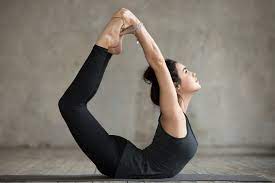
An arching “bow-like” shape is produced by this position, which is executed by lying on the stomach, bending the knees, and grasping the ankles while raising the chest and legs upward. The Bow Pose assists people with scoliosis by strengthening the muscles that promote good posture, opening the chest for easier breathing, and increasing spinal flexibility.
It also improves overall spinal alignment and eases tightness in the lower back, hips, and shoulders. Frequent use of this position encourages a more upright, healthy posture, improves balance, and lessens stiffness.
Bird Dog Exercise:
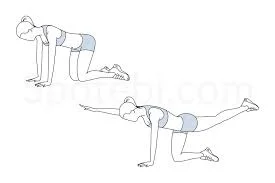
While maintaining a neutral spine, it is performed on hands and knees with one arm extended in front and the opposing leg extended backward. By using the deep core, lower back, and glute muscles, all of which are crucial for supporting the spine, this exercise helps people with scoliosis repair muscular imbalances.
The Bird Dog Exercise helps prevent future curvature advancement, improve alignment, and lessen pressure on the spine by equally strengthening both sides of the body.
Bicycle Crunches:
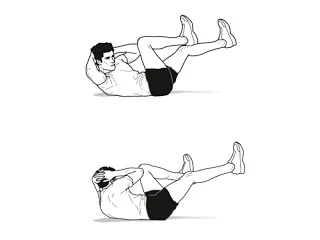
The Bicycle Crunch is a powerful abdominal workout that strengthens the core by targeting the rectus abdominis, obliques, and hip flexors. Deeply engaging the torso muscles, this exercise involves lying on one’s back, elevating one’s legs, and pedaling them while alternating elbow-to-knee touches.
By strengthening the muscles that support the spine and pelvis, bicycle crunches can help people with scoliosis maintain spinal alignment. They also aid in posture correction, balance improvement, and muscular imbalance correction. This exercise strengthens the core, which eases back pain and improves support for everyday motions.
Stretching:

Because it promotes more spinal mobility, increases flexibility, and relieves muscular tension, stretching is essential for controlling scoliosis. The muscles surrounding the spine, shoulders, and hips, which frequently become unbalanced because of their curvature, are lengthened by gentle stretches. Frequent stretching releases tight spots and improves the activation of weaker muscles, which helps reduce stress, reduce stiffness, and promote good posture.
For persons with scoliosis, stretching also improves circulation, promotes breathing capacity, and gives total relaxation for both the body and mind. It maintains everyday comfort and mobility and aids spinal alignment when paired with strengthening activities.
Conclusion:
To sum up, the Top 10 Scoliosis Exercises are crucial for enhancing posture, easing pain, and promoting spinal health in general. These exercises help balance the muscles surrounding the spine, improve flexibility, and foster more stability by mixing strengthening motions with stretches.
Frequent practice enhances breathing, mobility, and confidence in day-to-day tasks in addition to relieving pain and stiffness. Despite their many advantages, these exercises should be done consistently and with good technique.
FAQs
When a person achieves skeletal maturity, which is typically about 16–18 years old for females and a little later for boys, the evolution of scoliosis normally slows down or stops. Scoliosis is a permanent disease, though, and the influences of aging and gravity can cause curves to gradually worsen even beyond skeletal maturity.
A protruding stomach is more typical of hyperlordosis, another related spinal disorder, although scoliosis is linked to other postural alterations that include giving the body an overall asymmetrical appearance.
Patients with scoliosis can safeguard their spine curves and reduce their risk of damage by avoiding heavy loads, awkward positions, and straining postures.
About 80% of scoliosis cases have an unidentified etiology. We refer to this as idiopathic scoliosis. It is not believed that idiopathic scoliosis is caused by factors like poor posture, exercise, or food, and it cannot be prevented. However, because it may occasionally run in families, your genes may increase your risk of getting it.
For a person with scoliosis, resting flat on their back is the ideal sleeping posture. To maintain a straight and neutral spine, pillows are used to fill in the spaces between the back and the mattress.
Your doctor may recommend scoliosis surgery for significant curves to assist in straightening the curvature and prevent further deterioration. Surgical alternatives include: Fusion of the spine. Six to twelve vertebrae, or bones in the spine, are joined by surgeons during this process.
The most recent developments in scoliosis therapy include vertebral body stapling, spinal tethering, and targeted exercise regimens. By correcting the spine’s curvature, these procedures offer a less intrusive substitute for conventional spinal fusion surgery.
To target deeper muscle groups, this method employs slower strokes and more severe pressure. Deep tissue massage can enhance mobility, lessen inflammation, and relieve persistent muscular pain in people with scoliosis.
To diagnose scoliosis, a physician will do a physical examination and may require CT or X-rays. Scoliosis Boot Camp, bracing, and surgery are possible forms of treatment.
Adult scoliosis frequently coexists with spinal stenosis, a narrowing of the spinal canal. Sciatica is the more frequent term for this group of symptoms, which include tingling, heaviness, weakness, numbness, and shooting pain in the legs and buttocks due to compression of nerves in the spine.
Multiple symptoms can be addressed by a non-invasive, drug-free scoliosis treatment plan created by a chiropractor. Although a chiropractor cannot fully straighten your spine, research has indicated that people with scoliosis report much better spine curvature, pain, and disability ratings.
Schroth method exercises in particular, which are part of physical therapy for scoliosis, can help control the condition, improve posture, and lessen pain. The goals of these exercises, which are frequently customized to meet the needs of each individual, are to strengthen supporting muscles, improve body awareness, and straighten the spinal curvature.
The lower back and thoracic spine may curve significantly as a result of severe scoliosis. Though it occurs less frequently than it does for other organs, such as the lungs, this might put pressure on the kidneys or cause them to migrate out of position.
For scoliosis, providers typically advise back sleeping. If you have always slept on your back or would like to try it, the position of your pillows can improve your comfort. To minimize neck flexion and avoid raising your head too high, place a small cushion beneath your neck.
The severity of your scoliosis and sciatica, your age, and your general health all affect how you are treated. Conservative measures like physical therapy, focused exercises, and pain management methods are frequently the first things we try.
References:
- Ames, H. (2024, March 1). The 7 best stretches and exercises for scoliosis. https://www.medicalnewstoday.com/articles/325385
- WebMD Editorial Contributor. (2025, March 9). Best exercises for scoliosis. WebMD. https://www.webmd.com/back-pain/best-exercises-scoliosis
- Berdishevsky, H., Lebel, V. A., Bettany-Saltikov, J., Rigo, M., Lebel, A., Hennes, A., Romano, M., Białek, M., M’hango, A., Betts, T., De Mauroy, J. C., & Durmala, J. (2016). Physiotherapy scoliosis-specific exercises – a comprehensive review of seven major schools. Scoliosis and Spinal Disorders, 11(1). https://doi.org/10.1186/s13013-016-0076-9
- Pushparaj, V., & Pushparaj, V. (2024, April 20). Best exercises for scoliosis: Relieve pain & Manage your curve. Chennai Spine Care – Chennai Spine Care. https://www.chennaispinecare.com/what-is-the-best-exercise-for-scoliosis/
- 12 Scoliosis Exercises for Pain Relief | Jason Lowenstein, MD. (n.d.). Dr. Jason Lowenstein | Scoliosis & Spinal Deformities Surgeon. https://jasonlowensteinmd.com/12-scoliosis-exercises-for-pain-relief/
- Ashpari, Z. (2023, May 9). Scoliosis exercises you can do at home. Healthline. https://www.healthline.com/health/scoliosis/exercises-at-home
